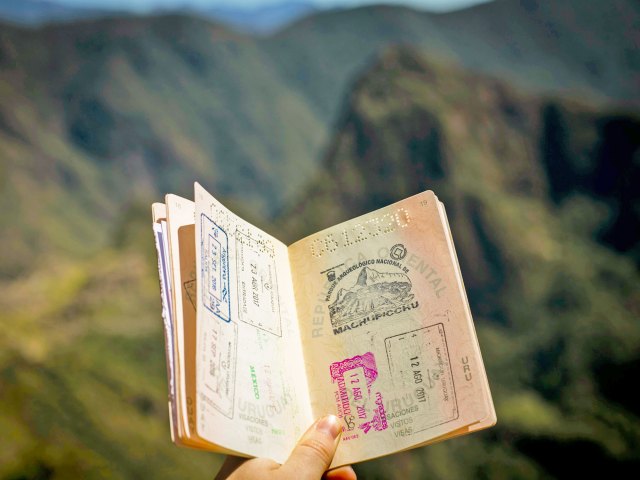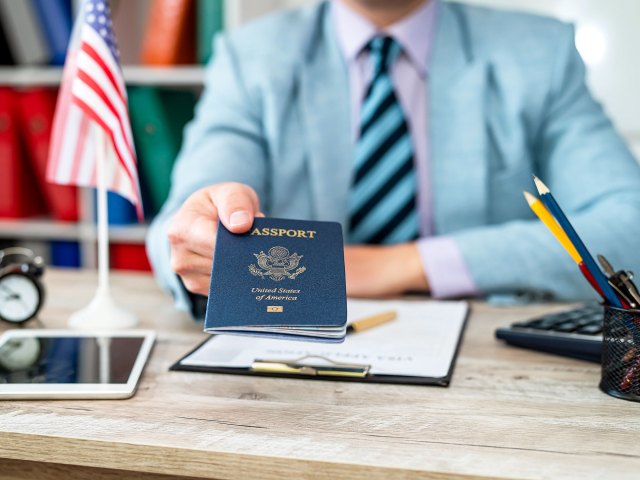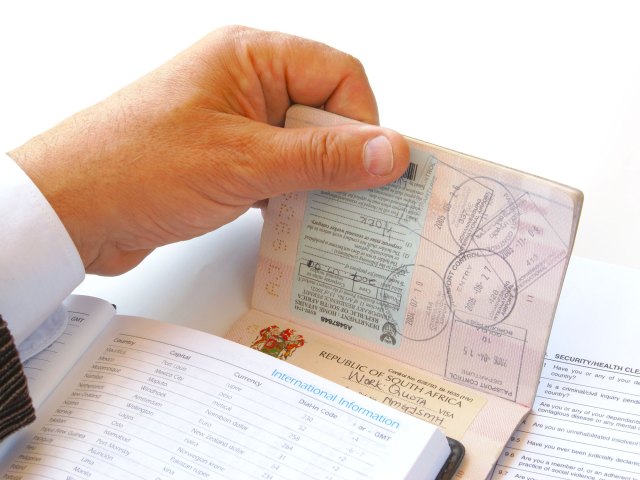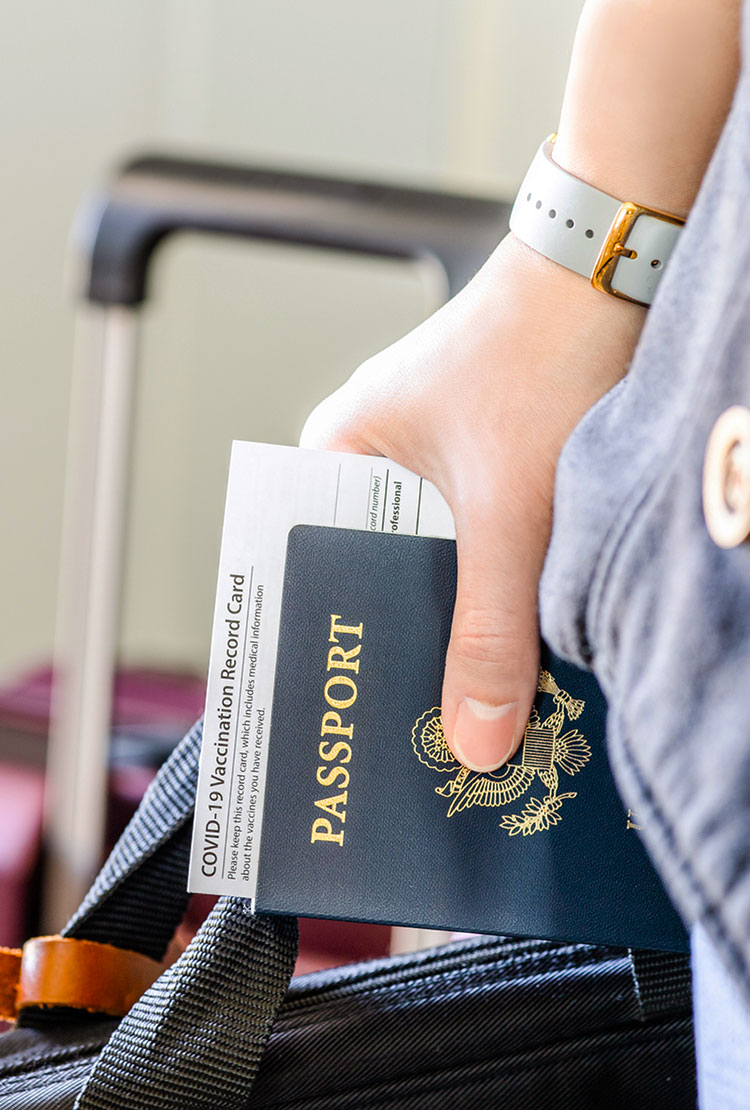Replacements for forgotten clothes or toiletries can always be purchased on the road, but every traveler knows a passport is the most important item to remember to pack for an international trip — and one that simply can’t be replaced. However, many travelers (even seasoned travelers) may end up making a simple mistake with their passport that could cost them unnecessary stress or money. If you commit these passport no-no’s, it may prevent you from boarding a plane, forbid you entering a foreign country, or even ban you from returning to certain destinations. Below are the top six passport mistakes travelers should avoid.
Souvenir Stamps

A passport filled with stamps and visas is a scrapbook of your travels around the world. While the standard immigration stamps are the most typical stamps you’ll receive, some destinations — for example, Machu Picchu or some scientific stations in Antarctica — offer a souvenir stamp as well. While this may seem like a fun way to commemorate your trip, these stamps can actually get you into trouble. Certain airlines may not allow you to fly if you have unofficial stamps in your passport, which is considered “alternation or mutilation,” as outlined on the fifth page of every U.S. passport. Not every airline will knock you for these novelty stamps, but it’s better to play it safe and collect these souvenirs in a journal or a novelty passport specially designed for the stamp scavenger hunt.
Damaged Passport

Normal wear and tear on a passport is acceptable, but you might not get too far if you’re trying to travel with a damaged passport. You may be denied boarding by the airline if your passport shows water damage or there is a significant rip in the pages (especially the cover or the page that holds your personal information and photo), unofficial marks on the information page, missing or torn out pages, or a hole punch. If any of the above are true, you’ll want to apply for a new passport well before you travel to ensure you’re able to board the plane.
Approaching Expiration

It may seem like common sense that if your passport hasn’t expired yet, you’re good to travel. But what many travelers don’t realize is that if your passport is close to its expiration date, you may not be able to travel with it. Many countries have entry rules that state your passport’s validity must extend anywhere from three to six months past the last day of your trip, but this is not a blanket statement for all countries. The best practice is to check your passport’s expiration date now and look up passport validity rules for each destination before you travel. If your passport is too close to expiration, you may be denied entry abroad or faced with a fine by the host country when you’re trying to return home.
No More Blank Pages

Many countries require your passport to have at least two blank pages to be admitted, and some countries may even require four blank pages. This requirement allows the immigration officers adequate space for both an entry and exit stamp, and some airlines may not allow you to board the plane if your passport does not have the required blank pages. It’s best to check the individual requirements of the country you’re traveling to, as not all requirements are equal.
Travelers were once able to apply to have pages added to their passport if they found themselves running short on space for stamps and visas, but as of 2016, this is no longer allowed. If you’re a frequent traveler, it’s wise to apply for a “large book,” which comes with 52 visa pages.
Overstaying Visas

Remaining in a country past your visa expiration date will almost certainly cause a fuss when you try to exit the country in which you’ve overstayed. You may face a fine or deportation. In more serious cases, the immigration department may choose to ban you from entering the country again for a certain amount of time. Moral of the story: Check your entry stamp to confirm the number of days you were granted on arrival, count out the days on the calendar (the day you got the stamp is day one), and make sure to exit on or before the last day of the visa’s validity.
Incorrect SIgnature

A U.S. passport is not valid unless it’s signed with blue or black ink, and adults should make sure their signature is on their own passport before traveling. However, you should not sign your child’s passport. There are specific rules about how to validate the passport of a child under 16. The parent should print the child’s name on the signature line and sign their own name next to it, followed by their relationship to the passport holder.
Featured image credit: ANNVIPS/ iStock
More from our network
Daily Passport is part of Inbox Studio, which publishes content that uplifts, informs, and inspires.
















